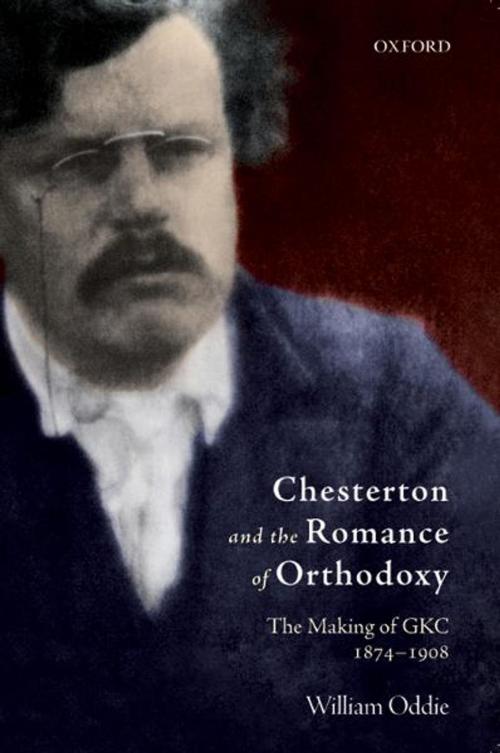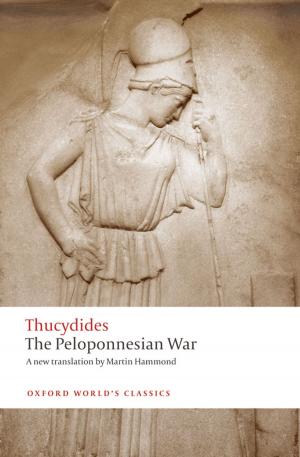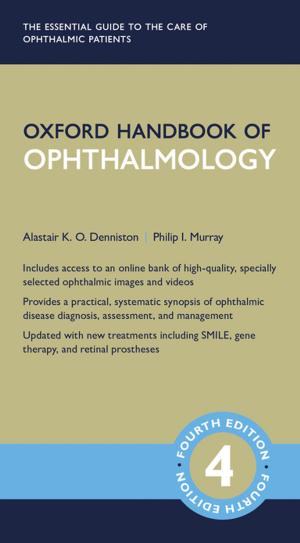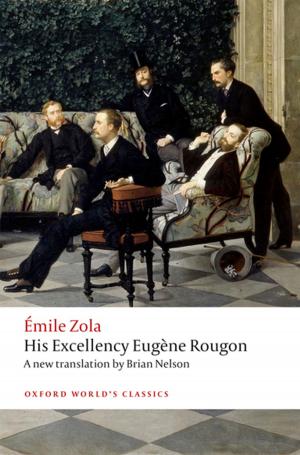Chesterton and the Romance of Orthodoxy
The Making of GKC, 1874-1908
Nonfiction, Religion & Spirituality, Theology, Fiction & Literature, Literary Theory & Criticism, Biography & Memoir| Author: | William Oddie | ISBN: | 9780191614866 |
| Publisher: | OUP Oxford | Publication: | April 1, 2010 |
| Imprint: | OUP Oxford | Language: | English |
| Author: | William Oddie |
| ISBN: | 9780191614866 |
| Publisher: | OUP Oxford |
| Publication: | April 1, 2010 |
| Imprint: | OUP Oxford |
| Language: | English |
On the publication of Orthodoxy in 1908, Wilfrid Ward hailed G. K. Chesterton as a prophetic figure whose thought was to be classed with that Burke, Butler, Coleridge, and John Henry Newman. When Chesterton died in 1936, T. S. Eliot pronounced that 'Chesterton's social and economic ideas were the ideas for his time that were fundamentally Christian and Catholic'. But how did he come by these ideas? Eliot noted that he attached 'significance also to his development, to his beginnings as well as to his ends, and to the movement from one to the other'. It is on that development that this book is focused. Chesterton and the Romance of Orthodoxy is an exploration of G.K. Chesterton's imaginative and spiritual development, from his early childhood in the 1870s to his intellectual maturity in the first decade of the twentieth century. William Oddie draws extensively on Chesterton's unpublished letters and notebooks, his journalism, and his early classic writings, to reveal the writer in his own words. In the first major study of Chesterton to draw on this source material, Oddie charts the progression of Chesterton's ideas from his first story (composed at the age of three and dictated to his aunt Rose) to his apologetic masterpiece Orthodoxy, in which he openly established the intellectual foundations on which the prolific writing of his last three decades would build. Part One explores the years of Chesterton's obscurity; his childhood, his adolescence, his years as a student and a young adult. Part Two examines Chesterton's emergence on to the public stage, his success as one of the leading journalists of his day, and his growing renown as a man of letters. Written to engage all with an interest in Chesterton's life and times, Oddie's accessible style ably conveys the warmth and subtlety of thought that delighted the first readership of the enigmatic GKC.
On the publication of Orthodoxy in 1908, Wilfrid Ward hailed G. K. Chesterton as a prophetic figure whose thought was to be classed with that Burke, Butler, Coleridge, and John Henry Newman. When Chesterton died in 1936, T. S. Eliot pronounced that 'Chesterton's social and economic ideas were the ideas for his time that were fundamentally Christian and Catholic'. But how did he come by these ideas? Eliot noted that he attached 'significance also to his development, to his beginnings as well as to his ends, and to the movement from one to the other'. It is on that development that this book is focused. Chesterton and the Romance of Orthodoxy is an exploration of G.K. Chesterton's imaginative and spiritual development, from his early childhood in the 1870s to his intellectual maturity in the first decade of the twentieth century. William Oddie draws extensively on Chesterton's unpublished letters and notebooks, his journalism, and his early classic writings, to reveal the writer in his own words. In the first major study of Chesterton to draw on this source material, Oddie charts the progression of Chesterton's ideas from his first story (composed at the age of three and dictated to his aunt Rose) to his apologetic masterpiece Orthodoxy, in which he openly established the intellectual foundations on which the prolific writing of his last three decades would build. Part One explores the years of Chesterton's obscurity; his childhood, his adolescence, his years as a student and a young adult. Part Two examines Chesterton's emergence on to the public stage, his success as one of the leading journalists of his day, and his growing renown as a man of letters. Written to engage all with an interest in Chesterton's life and times, Oddie's accessible style ably conveys the warmth and subtlety of thought that delighted the first readership of the enigmatic GKC.















